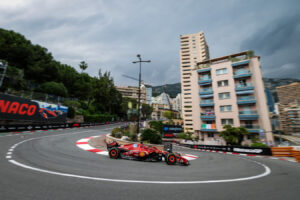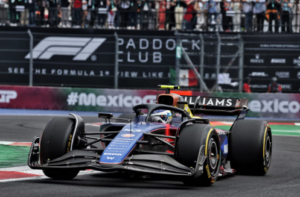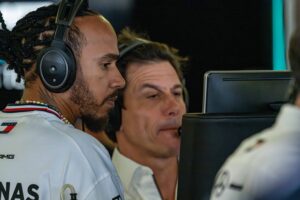Who are these 80 percent of fans who say they like the high-downforce package?
How do you look at Sunday’s Brickyard 400 and say with a straight face that this is good racing?
NASCAR’s annual trek to the Indianapolis Motor Speedway was yet another display of what’s wrong with the high-downforce package that NASCAR stubbornly defends.
There were three, count it, THREE on-track lead changes. Two happened on a restart, one was a result of William Byron‘s left-front tire failure and the last happened when Denny Hamlin‘s right-front blew out. The others happened during pit stops under caution and under green.
After two or three laps, there was no catching the race leader. Often, just as Chase Elliott did, he would pull to a multi-second lead over the driver in second.
Before Alex Bowman‘s right-front tire blowout and wall hit brought out a caution with 27 laps to go, Hamlin’s overtake on Kevin Harvick didn’t happen on-track. Rather, it happened due to a slower stop on Harvick’s end. Thus, Hamlin passed him, as he exited pit road.
Even as Harvick clearly had the faster car in the final 20 laps, he couldn’t make the winning overtake, until Hamlin’s right-front tire blew out.
Basically, if not for yet another tire debacle at Indianapolis, Hamlin probably wins this with ease.
Who are you trying to fool, NASCAR? Who in all seriousness still thinks this package is working? Do we need to have a repeat of Phoenix Raceway last November for this package to die, completely?
Alas, my readers, I can guess what’s going to happen. Someone from NASCAR — either NASCAR’s Executive Vice President and Chief Racing Development Officer, Steve O’Donnell, or Senior Vice President of Competition, Scott Miller — will go onto “The Morning Drive” on Monday and spin why it was actually “good,” and not a damn thing will change.
Let’s just be grateful that the championship race will happen at a track that runs the low-downforce package.
That’s my view, for what it’s worth.






